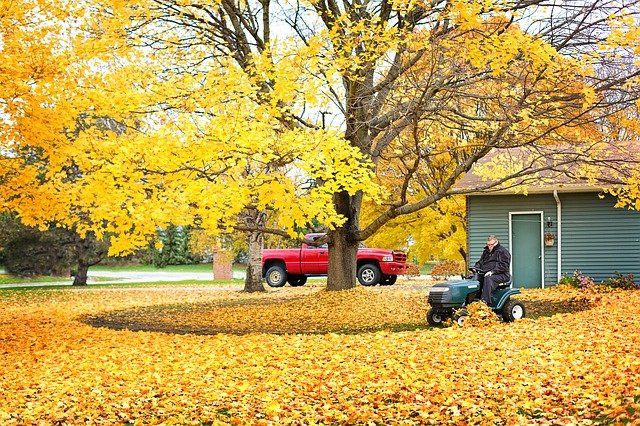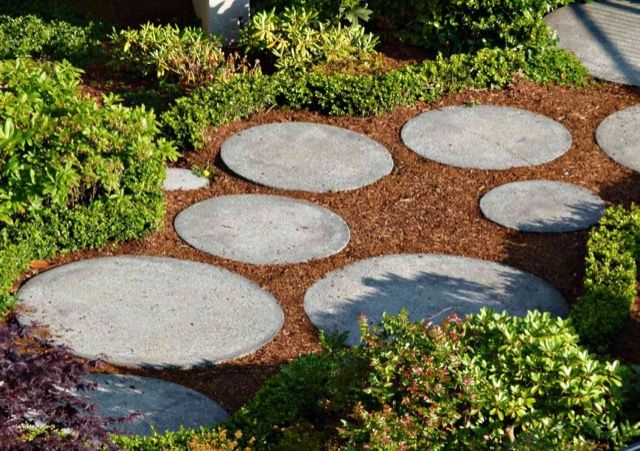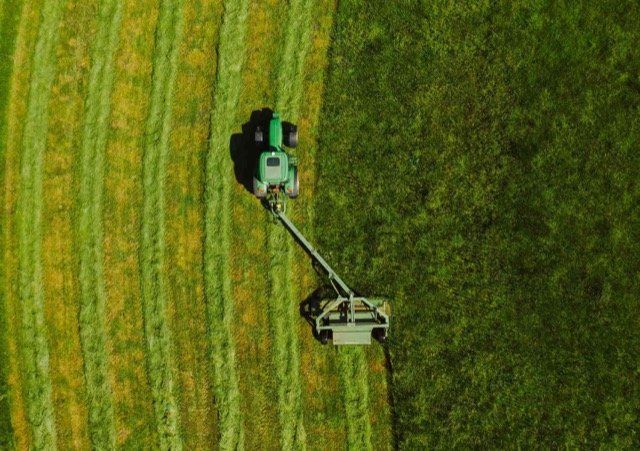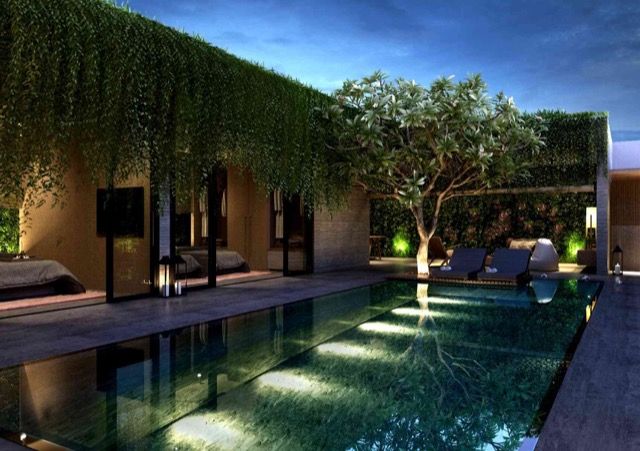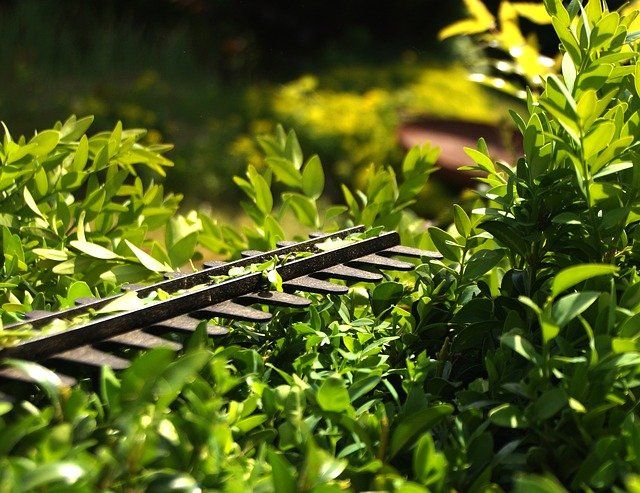Our Blog

04 Mar, 2024
While all landscaping involves making visual improvements to an outdoor space, not all landscaping is actually beneficial to the environment. If your landscape requires a lot of maintenance, extra water, energy, or fertilizer, it is likely not very environmentally friendly. Eco-friendly landscapes also provide habitats for local birds and other small wildlife. So how do you ensure that your landscaping is helping the environment? Here are a few design choices and practices you can implement in your landscape starting right now! Solar Powered Lighting Conserving electricity is always an eco-friendly choice. One of the best ways to do this in your landscape is to replace battery powered or plug-in lights with solar powered lights. These lights will charge during the day then illuminate your landscape once the sun goes down - all without increasing your energy usage. Not only will it help the environment, it will save you a little money as well! Permeable Hardscaping Swapping out non-native grass for hardscaping can be great for the environment - it eliminates the need for chemical fertilizers, extra watering, and the use of gas or electric lawn mowers. For the most environmental impact, choose hardscaping that allows water to soak through into the ground beneath it. Concrete slabs and some pavers can actually contribute to runoff and water pollution, so they are not ideal for large areas of your yard. Instead, choose a material like river rock or permeable pavers to keep the water cycle working the way it was designed to. Erosion Control Many beautiful landscapes inadvertently contribute to erosion and water runoff. Sloped lawns and bare patches of ground allow soil to be washed away during rainfall, sweeping both chemicals and sediment into our water sources. Erosion also often takes away the most fertile soil, increasing your need for fertilizers. There are many attractive ways to prevent erosion in your landscape. Ground cover can keep soil in place, while retaining walls or terraced gardens can prevent runoff. Rain gardens are one of our favorite ways to control water - these sunken gardens collect runoff from nearby structures and clean it before allowing it to soak into the ground. Compost Stations We all know that recycling is good for the environment, so why not do it in your yard? Composting is the process of turning organic waste - grass clippings, food scraps, raked leaves, and more - into fertilizer to feed the next generation of plants. Instead of removing nutrients from your micro-ecosystem by sending these items to the landfill, build a compost bin and keep all the natural goodness right in your yard. Composting doesn’t have to be a pile of rotting vegetables out in the open - compost bins can be attractive wooden structures that actually add to the charm of your landscape. Plastic bins are also available for purchase if you’d like to keep the process completely contained. Whichever bin you choose, make it a part of your landscape with decorations or adjoining flower beds, and no one will ever know what is happening inside!
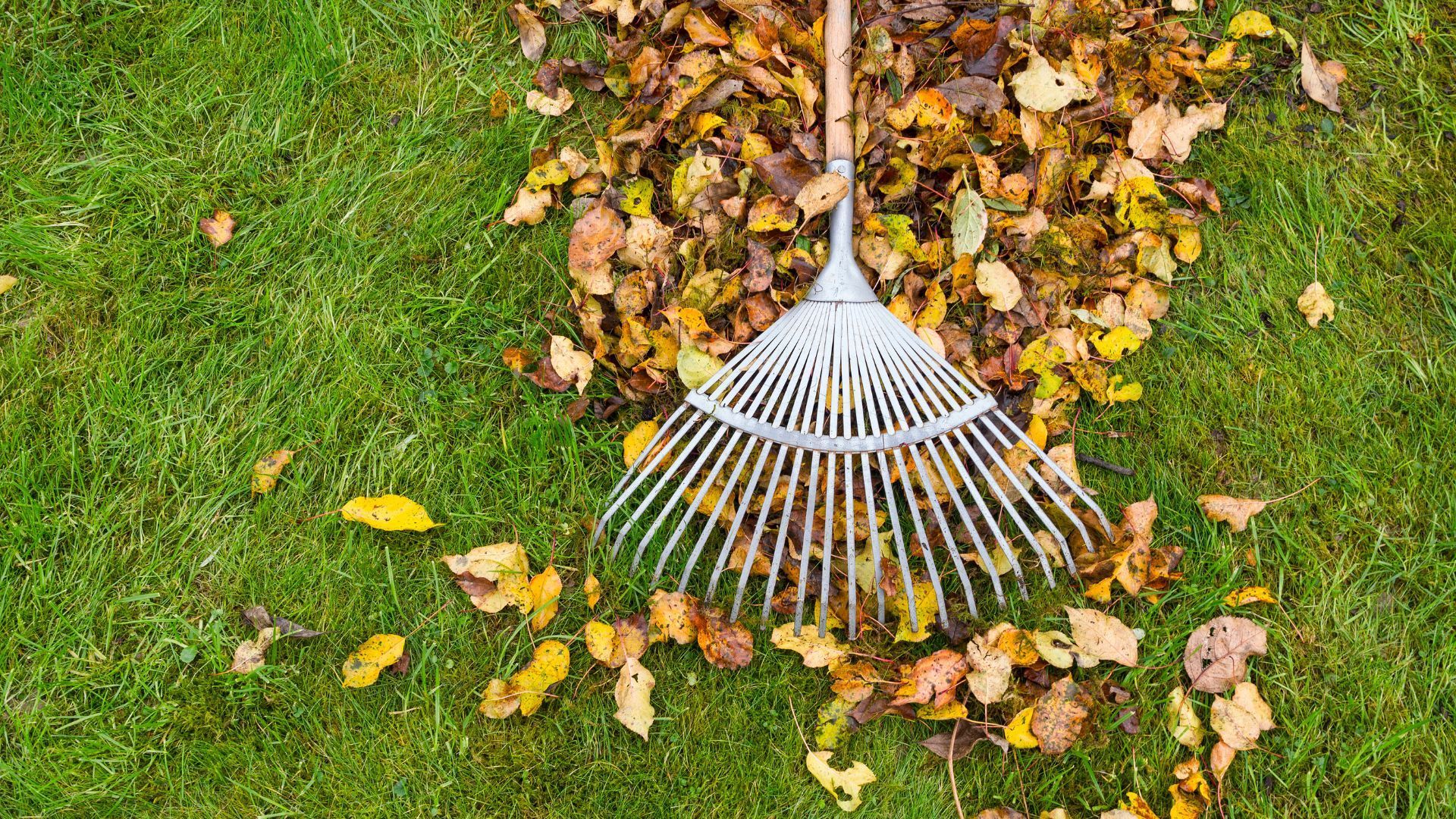
04 Mar, 2024
For some people, gardening is an enjoyable labour of love. For others it is a dreaded necessity of life. If you are part of the second group but still want your landscape to look its best, this article is for you! Gardening can be as simple or as complicated as you want it to be, and how much work your garden requires is almost entirely determined by its design. Here are a few great ways to make your garden both lovely and incredibly low-maintenance: Use Grass Alternatives Grass may be the standard lawn covering, but it also requires a good deal of work to keep it looking nice. If lawn mowing and edging aren’t your idea of fun, consider removing most or all of your grass and replacing it with something easier to maintain. Landscaping rocks are a great way to fill in garden beds, and paving stones can outline these beds, create pathways, and even pave entertaining areas. Gravel is a low-cost alternative to both landscaping rocks and pavers, and if properly designed it can actually enhance your garden’s charm. If you aren’t ready to completely let go of the greenery in your landscape, there are many low-maintenance groundcovers that require no trimming. Periwinkle is a great ever-green option, while golden stonecrop can be used for your entire lawn if you so desire! Use Native, Perennial Plants If you want to plant it and forget it, a native perennial is the way to go. Native plants are accustomed to growing in our climate with no help from humans, so they won’t expect you to provide for their needs. Perennials will grow year after year without being replanted, eliminating the need for you to redesign your garden every spring. When you select a native perennial for your garden or landscape, it will flourish even if you never touch it again! Use an Automatic Watering System If you select any non-native plants for your garden, they will likely need to be watered regularly for at least a portion of the year. With a quality sprinkler system, this task can take care of itself. We recommend installing underground sprinklers or soaker hoses when you plant your garden, but even existing gardens can benefit from automation. Timers that attach to your hose bib are an inexpensive way to provide regular water to a section of your garden - just remember to update their programming as the seasons change! Use Fewer Trees and Shrubs This may sound counterintuitive - don’t trees take pretty good care of themselves once they are established? Yes, but they also require regular trimming and pruning, which is a task that only gets more and more difficult as the tree grows. Shrubs may not grow as large, but they must be trimmed more often than trees to maintain their size and shape. If you don’t want to have to worry about regular trimming, choose small plants that fit nicely in your garden even when they are full-grown.
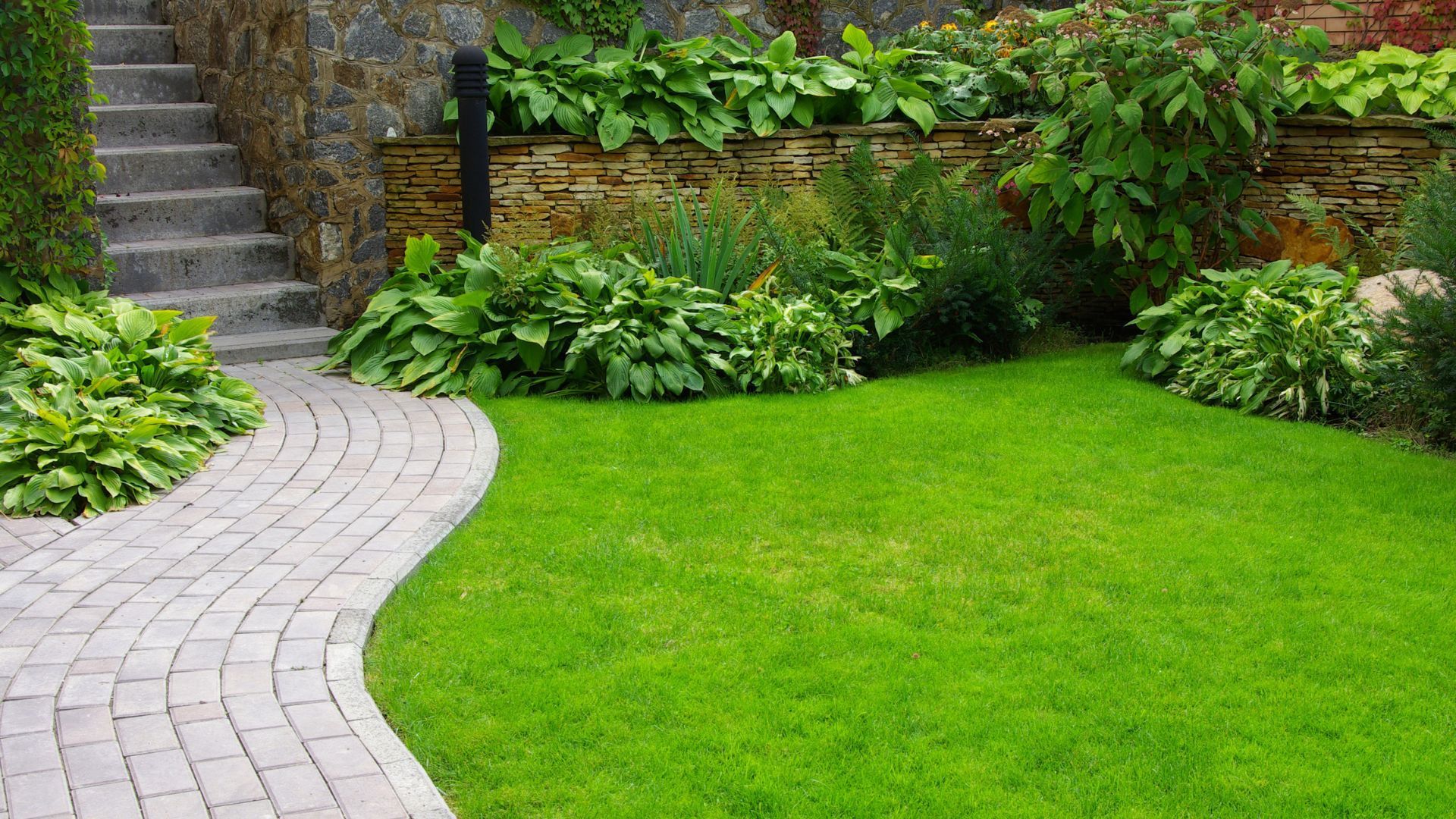
02 Feb, 2024
For some people, gardening is an enjoyable labour of love. For others it is a dreaded necessity of life. If you are part of the second group but still want your landscape to look its best, this article is for you! Gardening can be as simple or as complicated as you want it to be, and how much work your garden requires is almost entirely determined by its design. Here are a few great ways to make your garden both lovely and incredibly low-maintenance: Use Grass Alternatives Grass may be the standard lawn covering, but it also requires a good deal of work to keep it looking nice. If lawn mowing and edging aren’t your idea of fun, consider removing most or all of your grass and replacing it with something easier to maintain. Landscaping rocks are a great way to fill in garden beds, and paving stones can outline these beds, create pathways, and even pave entertaining areas. Gravel is a low-cost alternative to both landscaping rocks and pavers, and if properly designed it can actually enhance your garden’s charm. If you aren’t ready to completely let go of the greenery in your landscape, there are many low-maintenance groundcovers that require no trimming. Periwinkle is a great ever-green option, while golden stonecrop can be used for your entire lawn if you so desire! Use Native, Perennial Plants If you want to plant it and forget it, a native perennial is the way to go. Native plants are accustomed to growing in our climate with no help from humans, so they won’t expect you to provide for their needs. Perennials will grow year after year without being replanted, eliminating the need for you to redesign your garden every spring. When you select a native perennial for your garden or landscape, it will flourish even if you never touch it again! Use an Automatic Watering System If you select any non-native plants for your garden, they will likely need to be watered regularly for at least a portion of the year. With a quality sprinkler system, this task can take care of itself. We recommend installing underground sprinklers or soaker hoses when you plant your garden, but even existing gardens can benefit from automation. Timers that attach to your hose bib are an inexpensive way to provide regular water to a section of your garden - just remember to update their programming as the seasons change! Use Fewer Trees and Shrubs This may sound counterintuitive - don’t trees take pretty good care of themselves once they are established? Yes, but they also require regular trimming and pruning, which is a task that only gets more and more difficult as the tree grows. Shrubs may not grow as large, but they must be trimmed more often than trees to maintain their size and shape. If you don’t want to have to worry about regular trimming, choose small plants that fit nicely in your garden even when they are full-grown.
SERVICE AREA
Contact Us
- Mon - Fri
- -
- Sat - Sun
- -

